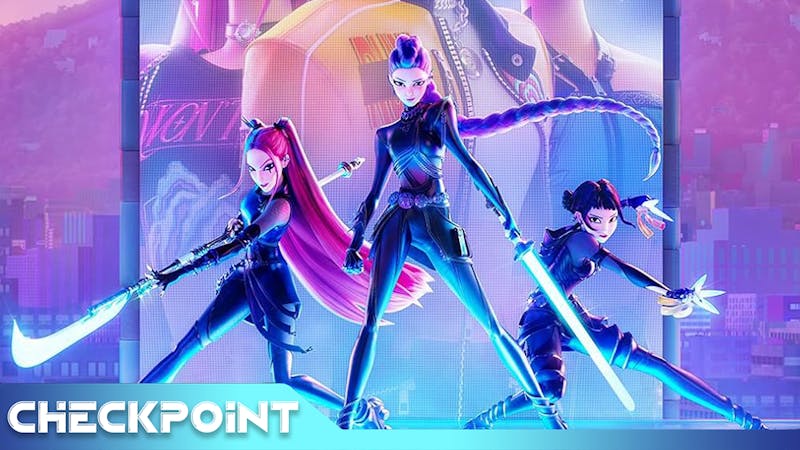by Daley Wilhelm Moana made me feel so many things. The movie made me laugh while listening to Dwayne “The Rock” Johnson fully embody one of his most fitting roles yet as Maui the Demigod. It endeared me to its principal character, Moana who is my new favorite Disney not-princess. I’ll admit that it made me tear up when the plot reached its darkest parts. And it made me nervous. It made me nervous because Disney was tackling another culture. Disney often serves as children’s first glimpse into the world outside where they live, what they know. When I was young, my scope of knowledge about China was through Mulan. The Middle East was defined by Aladdin. Originally, Lilo & Stitch was my first glimpse into Hawaiian culture. And now Moana would serve children today as what they would think of Polynesia, so Disney had the responsibility to represent Polynesian people well. Moana’s characters are Polynesian and are voiced by Polynesian people, the story centered around legends from Hawaii, Tahiti, and Samoa. I feel that it then follows that the movie has a responsibility to be accurate to the people it’s portraying. I think, after some research, Moana did so. For the most part.
This is all about Hawaii? Right?
 Wrong. Polynesia is huge. On a map, it can be traced into a triangle with Hawaii, New Zealand, and Easter Island at it’s points. Inside the triangle is Somoa, Tonga, Fiji, and many other islands.
What unites all these islands is a similar, but sometimes different, language and cultural beliefs. This is because historically, the people in the Polynesian Triangle were sailors and navigators, traveling from island to island. Polynesia’s seafaring history, and traditions from Maori, Tahitian, and Hawaiian culture are found in, and central to, Moana’s plot.
Wrong. Polynesia is huge. On a map, it can be traced into a triangle with Hawaii, New Zealand, and Easter Island at it’s points. Inside the triangle is Somoa, Tonga, Fiji, and many other islands.
What unites all these islands is a similar, but sometimes different, language and cultural beliefs. This is because historically, the people in the Polynesian Triangle were sailors and navigators, traveling from island to island. Polynesia’s seafaring history, and traditions from Maori, Tahitian, and Hawaiian culture are found in, and central to, Moana’s plot.
Spoilers here beyond the reef
Maori the Heart of the Matter
Te Fiti
Moana is on a quest to find Te Fiti and restore her heart. Te Fiti, an island goddess both literally and figuratively, created Polynesia and it’s people from nothing but ocean. This great creator goddess is not, however found anywhere in Polynesian lore. It’s instead theorized that Disney, taking some liberties with ancient legend, based Te Fiti and her fiery alter ego Te Ka on Pele, the goddess of lightning, wind, and volcanoes. In Hawaiian mythos, Pele is credited with the creation of the Hawaiian islands, so it fits that she would also be Te Fiti, Disney-fied for a broader audience. After all, Pele is less a green, loving goddess, and more a goddess known for power and an even more powerful jealousy.Te Fiti’s Heart
The MacGuffin of the movie is Te Fiti’s Heart, a small green stone entrusted to Moana by the ocean. This is literally Te Fiti’s heart, which Maui plucked from a mysteriously glowing spiral on a woman-shaped island. The spiral pattern is a “koru” which is often featured in Maori art, jewelry, and tattoos. It’s inspired by a native New Zealand plant known as the “ponga” whose leaves curl into themselves to form a spiral. The Heart appears to be made of “pounamu” a kind of jade considered sacred to the Maori people.
 Breath of Life and the Hongi
Breath of Life and the Hongi
Moana returns Te Fiti to her true self by bravely pressing her forehead to the huge forehead of the fire demon Te Ka. This gesture goes far beyond simply being touching. It touches back to an important Maori tradition: the hongi.
The hongi is a traditional Maori greeting where two people press their foreheads and noses together, serving as a formal handshake. During the hongi, the ha or breath of life, is exchanged and intermingled.

Maui’s Identity Crisis
In Polynesian mythology and religion--two separate but occasionally overlapping things, Maui is a demigod and hero figure, sometimes either fully divine or fully human. The Hawaiian island Maui is named after him.Appearance
I said before that Dwayne “The Rock” Johnson fully embodied Maui. His talents lent a lot to Maui’s character. And maybe Maui was just too much of The Rock, because he is hugely different from traditional interpretations of the demigod. Firstly, his appearance as a massive, burly tattooed hunk is a significant departure from traditional depictions of him as a sly, lithe young man. More surfer dude than pro wrestler. Some have reacted negatively to this interpretation, citing that it comes too close to stereotypes of Pacific Islanders being hefty.Personality
A smaller Maui plays more into his role in folklore as well. Maui was a trickster, the youngest of his brothers. He’s the Loki of Polynesian mythology, clever and cunning. I don’t think his hulking form in the film really helps to communicate that. The movie gives the impression that Maui is above all a warrior, as illustrated by the stories the tattoos over his formidable and oversized body tell. It’s true that Maui is strong, he did pull up the Hawaiian islands from the seafloor, after all. But he did this through pretending he had a large fish on his line, and asking his brothers to help him pull it up. All the superhuman adventures he tells Moana about, he actually did do, just not alone. Maui was always among his brothers. He was a family man.Family
One of the lone ways Moana helps to develop Maui’s character is by giving him his tragic, but vague backstory. Maui is continually trying to prove himself to the human race through his amazing feats because his human parents rejected him at birth.“They took one look at me and threw me into the ocean,”From there, the gods raised Maui, making him a demigod. This definitely helps to explain Maui’s motivations, but the story is a little backward when matched up to traditional folklore. How the story is usually told is that he was born to Taranga, the goddess of vegetation, life, and death and the guardian of the underworld Makea-Tutara. Think Persephone and Hades for a Greek approximation. Maui was their fifth son, and he appeared to be stillborn. Heartbroken, Taranga gave her stillborn son to the ocean. The ocean knew that Maui was not actually dead, just underdeveloped. Thus spirits of the ocean raised Maui until he was strong enough to be given back to his parents. Without the Disney reinvention of Maui’s origins, admittedly he makes for a boring character. However, there wasn’t much explanation as to why his human parents supposedly chucked him into the sea, which then left audiences wondering. If viewers were as curious as I was, they can quickly find that there is no underlying reason other than Disney rewriting ancient mythology.


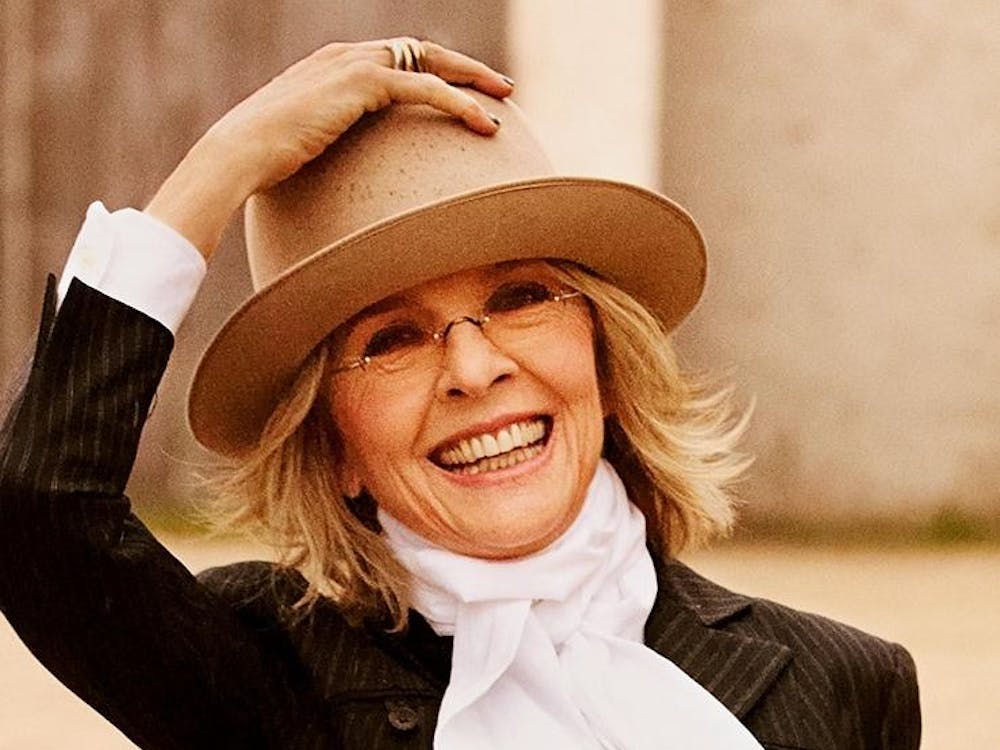




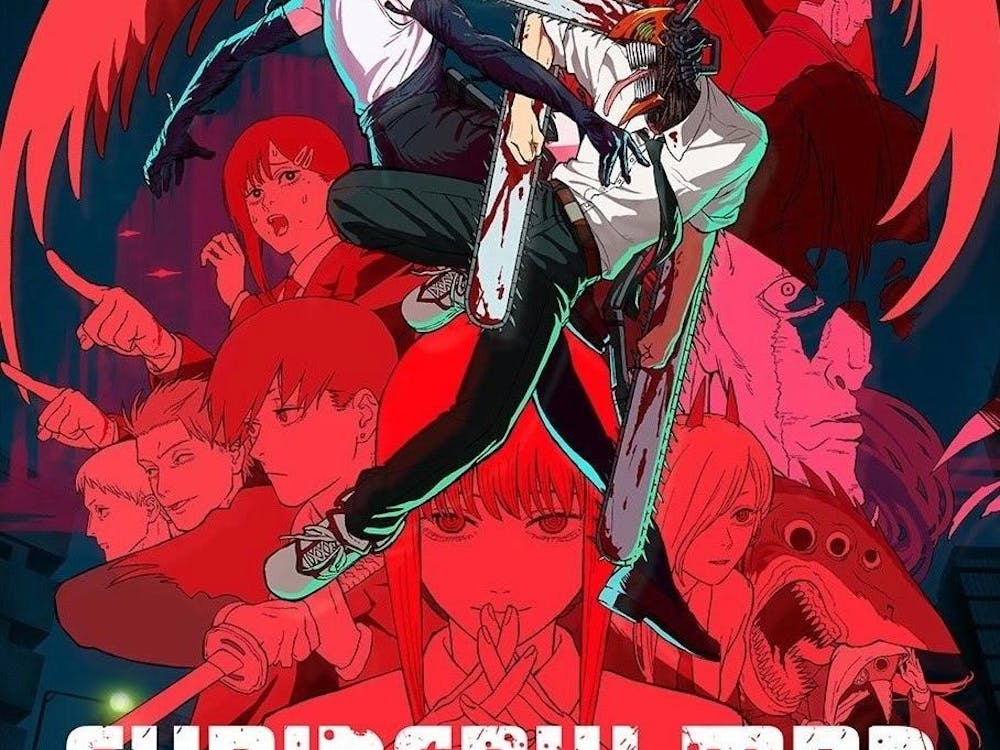





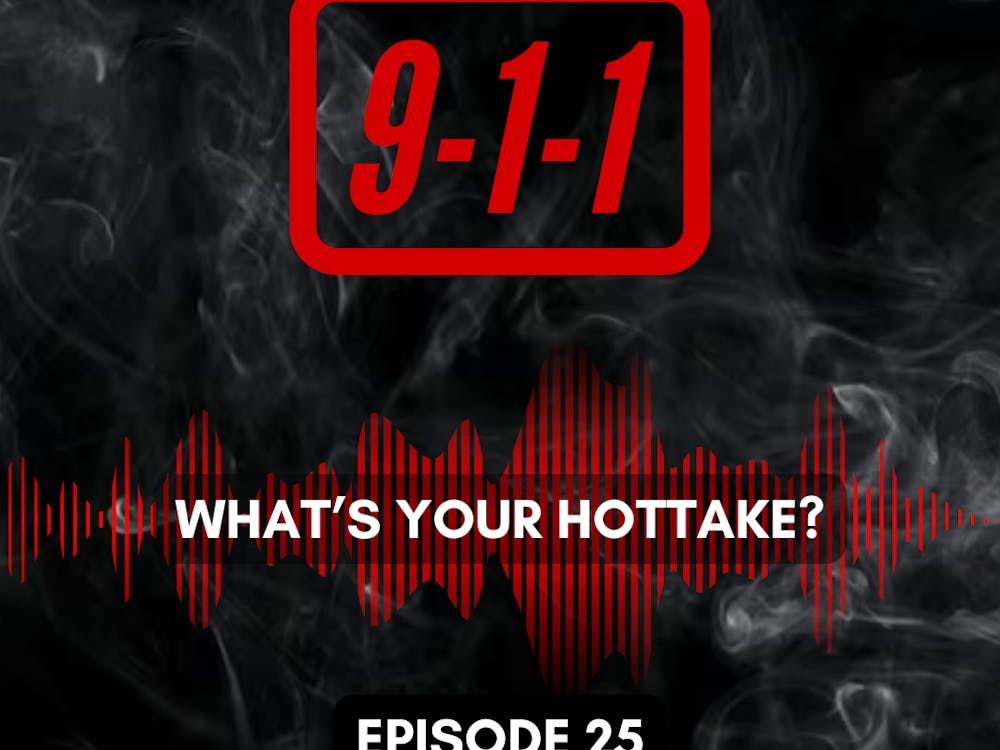

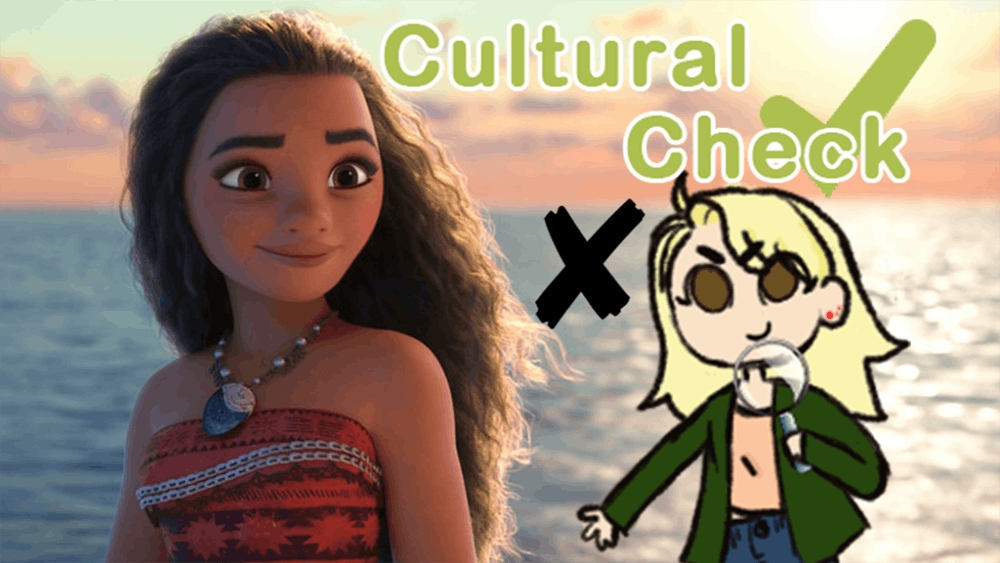
 Tattoos: an Animated and Spiritual Force
Tattoos: an Animated and Spiritual Force
